Affiliate links on Android Authority may earn us a commission. Learn more.
Looking at Camp Apple: what to expect from the upcoming iPhones
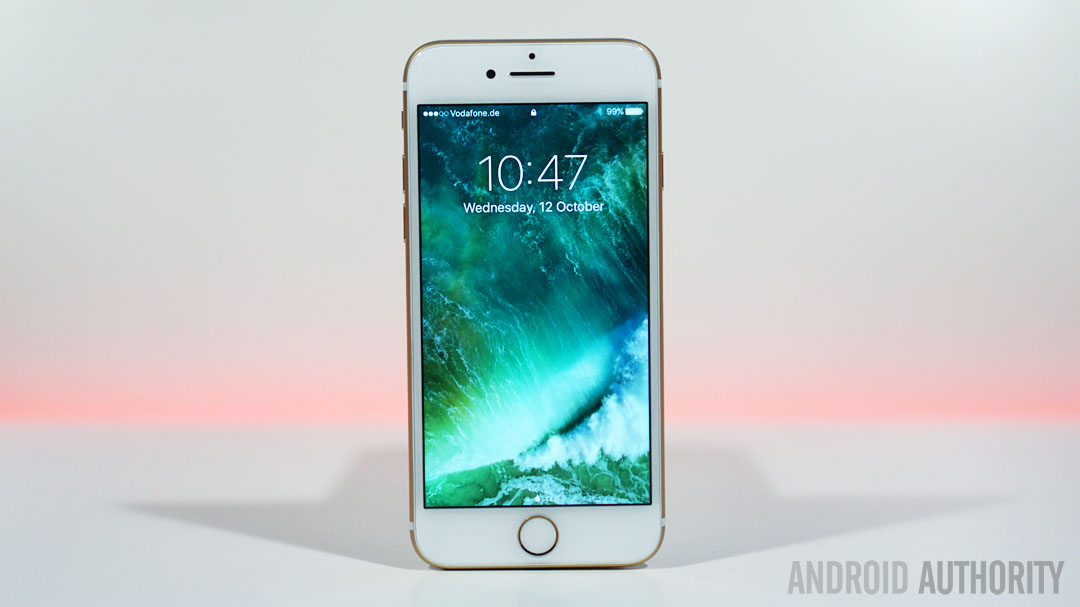
September 12 is primed to be a big day for Apple. Not only is the day the first time that folks can step into the newly-created Steve Jobs Theater that is part of the Cupertino company’s new spaceship campus, but it is also the day when Apple will reportedly unveil three new iPhones – the iPhone 7s, iPhone 7s Plus, and iPhone 8 – the first time that Apple will unveil that many iPhones in one event.
Yes, it might seem a bit strange that an Android-centric website is discussing the upcoming iPhones in as much detail as possible. No, we do not discuss iOS very much as far as content is concerned. Even so, it would be foolhardy to ignore what Apple is cooking, since the company is one of the dominant smartphone players in the world and the iPhone is one of the more popular smartphones out there.
With that out of the way, let us take a look at what you can expect from the trio of upcoming iPhones.
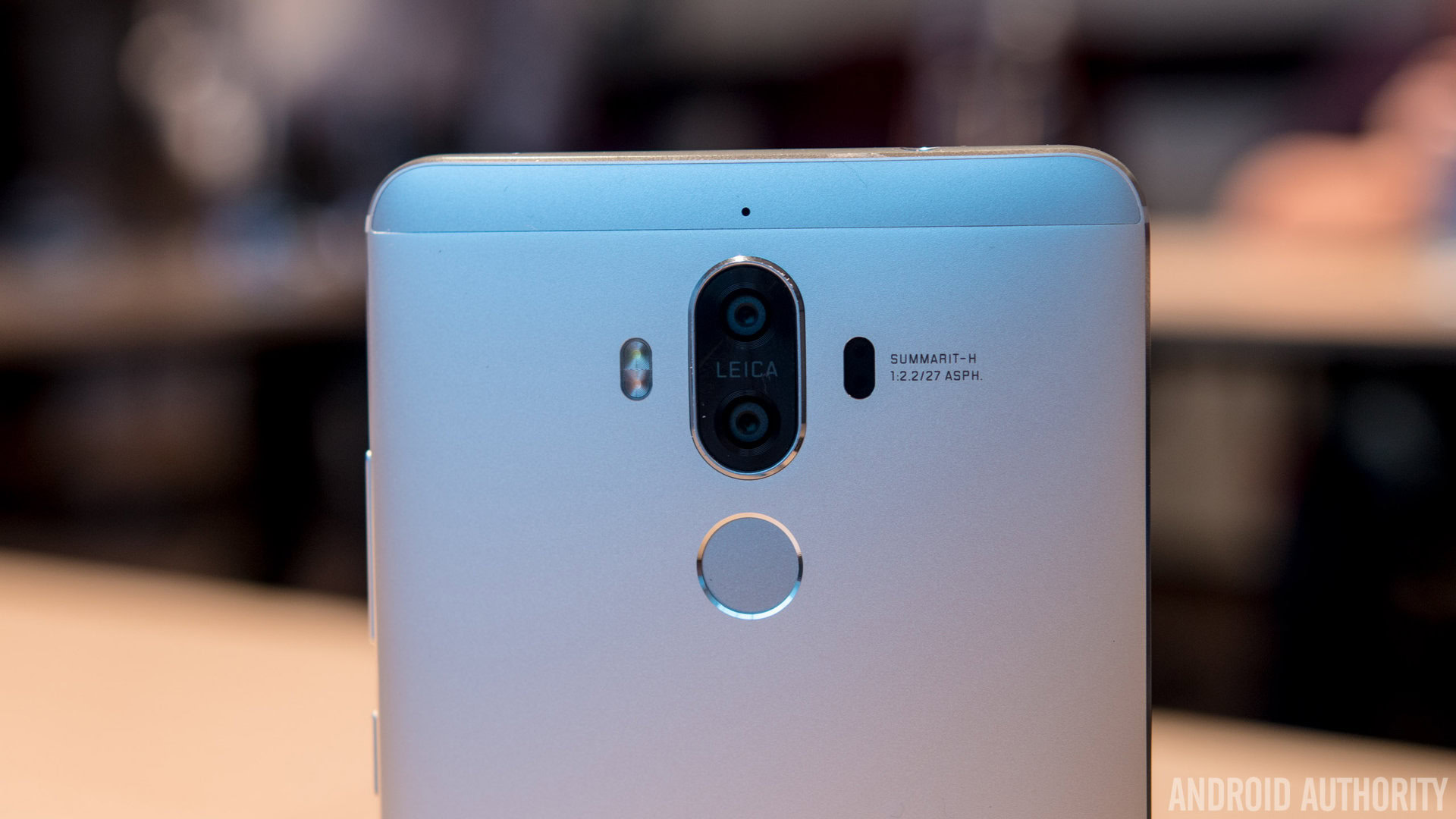
Apple iPhone 7s and 7s Plus – The same, but different
On the outside, the 7s and 7s Plus are expected to retain the same design language as their predecessors, and the 6s and 6s Plus, and the 6 and 6 Plus. This is to be expected – the new pair of phones are in their iterative “s” cycles, and the iPhone 8 will satisfy demands for a new design. Nonetheless, it seems a bit crazy to me how the same design language will have been used for four generations of iPhones.
That does not mean that the 7s and 7s Plus uses the same materials as their predecessors, with the former pair opting for glass on the back instead of the latter pair’s aluminum. The shift could be due to the 7s’ and 7s Plus’ rumored support for wireless charging, but with glass on the front and back, the phones could end up slipping through your hands easier than before.
To allay some potential slippage, the 7s and 7s Plus are expected to use metal for the sides, but there is no getting around the potential for the 7s and 7s Plus to get dinged up more than previous iterations.
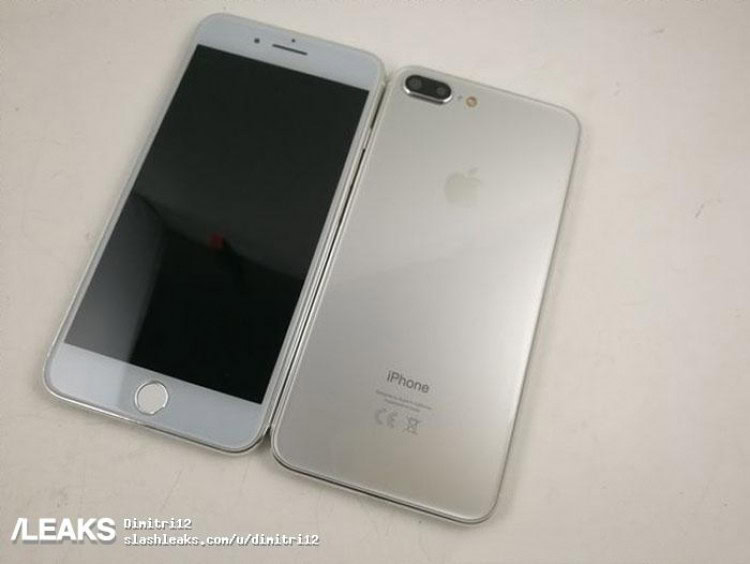
In terms of camera hardware, the 7s will reportedly sport a 12 MP camera, while the 7s Plus goes for a dual 12 MP setup. The cameras could be a bit faster and more efficient than before, with the more significant improvements likely saved for the 7s Plus’ dual primary cameras, but the resolution is expected to remain the same.
Our tour of the outside ends on the front, with the display sizes and resolutions expected to be the same as before. In other words, the 7s packing a 4.7-inch, 1,334 x 750 resolution display and the 7s Plus featuring a 5.5-inch, 1,920 x 1,080 resolution display, with both displays being LCD instead of OLED. The display sizes are more of a sure thing than the resolutions, and though the resolutions might potentially be laughable compared to Android flagships, Apple can do enough tinkering to at least make them look nice.
That brings us to the 7s’ and 7s Plus’ rumored inclusion of True Tone technology, which was first introduced with the iPad Pro 9.7 in March 2016. In short, True Tone changes the display’s white point to match the ambient light color and brightness in order for the display to display accurate colors under any light source.
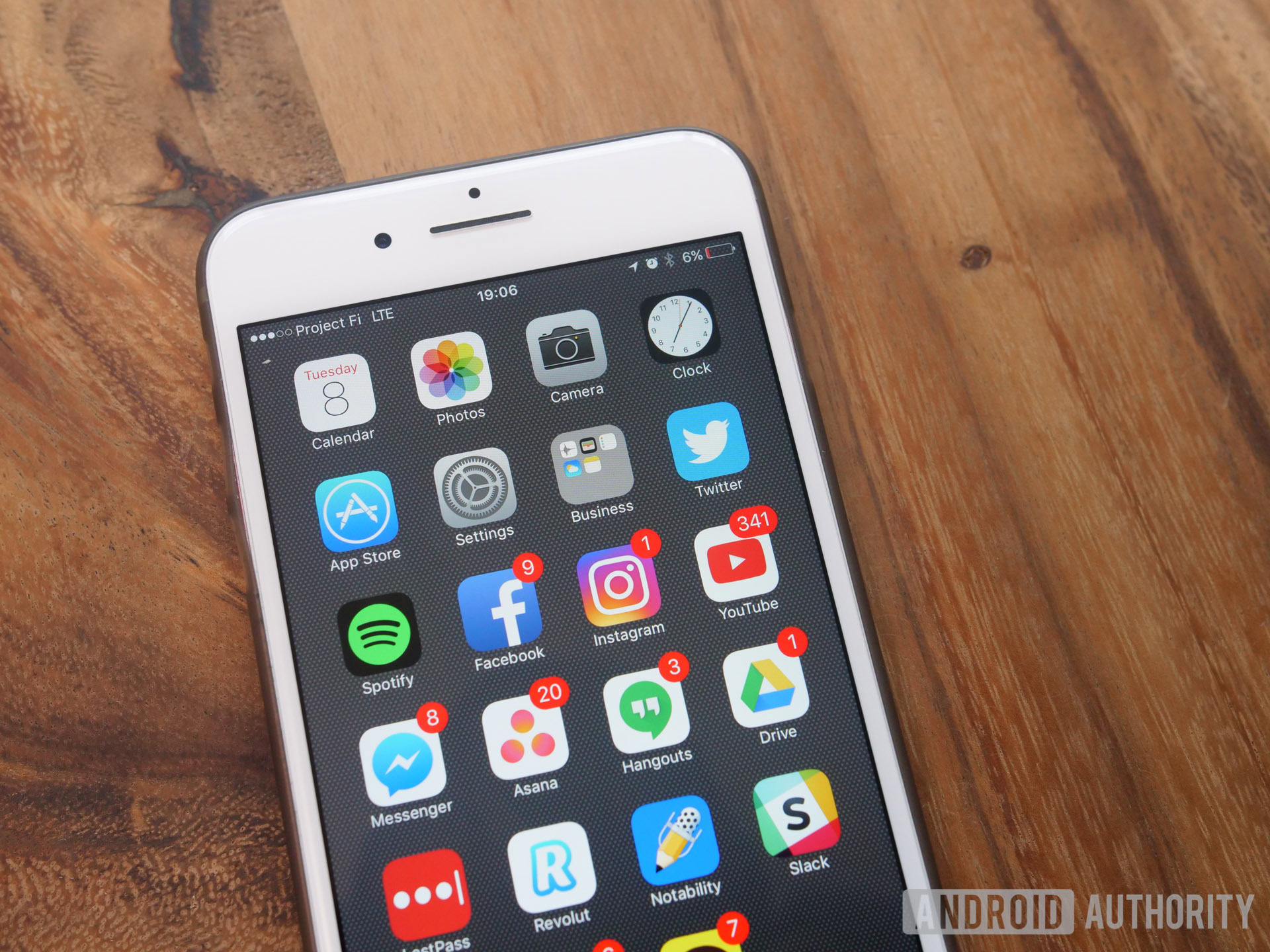
Apple is at least interested in using True Tone in other areas, and it could start with this year’s iPhones, but this is more of a far-reaching rumor than a sure thing.
Under the hood, Apple’s A10 will likely get swapped out for the A11, with the 7s and 7s Plus expected to feature 2 GB and 3 GB of RAM, respectively. Storage options are rumored to be 32 GB, 128 GB, and 256 GB for both phones, while IP67 certification will allow the 7s and 7s Plus to survive a dunk in the pool and a sandy trip to the beach.
What is most intriguing is the 7s’ and 7s Plus’ possible prices. If rumors are correct, both phones will launch in September for $100 less than their predecessors, which means the 7s and 7s Plus could start at $549 and $669, respectively. Again, this is a bit far-reaching, since the 7s and 7s Plus are more likely to go for $649 and $769, respectively, but these discounted price points might be in order to make way for the iPhone 8.
Speaking of the iPhone 8…
Apple iPhone 8 – Reset your expectations
Unlike the iPhone 7s and 7s Plus, which will be iterative, the iPhone 8 looks poised to be Apple’s crème de la crème, the company’s celebration of the iPhone’s 10th anniversary.
There is plenty to talk about here, so let us begin with the name. Over the past few months, names like the iPhone X, iPhone Edition, and the iPhone 8 have been thrown around as possibilities. Most folks have settled on the iPhone 8, so that is what we will stick to for the rest of this piece.
Moving to the display, the iPhone 8 is expected to rock a 5.8-inch edge-to-edge AMOLED display supplied by Samsung. Not only does that make the iPhone 8 the first iPhone to feature an AMOLED display, but one that comes closest to eliminating the top and bottom bezels.
The move to a near bezel-less display means that the traditional Home button found on iPhones dating back to the original will no longer be there. Further complicating matters is that the Home button had a second life: as Apple’s Touch ID fingerprint scanner.
Apple is rumored to replace the traditional functionality of the Home button with a virtual Home “bar” that will live below the dock on the home screen. Reportedly, you will be able to drag the bar up to the middle to open the phone. When you are inside of an app, the same gesture activates multitasking, which has gone to having the apps seen as standalone cards rather than a stack of cards.
And what the ‘iPhone 8’ homescreen could look like — iPad-style Dock and edge-gesture indicator (via @charavel) pic.twitter.com/mA1Iv2Fq4G— Steve T-S (@stroughtonsmith) August 30, 2017
If that sounds familiar, that is because the iPad uses a similar gesture to activate multitasking in iOS 11, thus unifying multitasking gestures across devices. Swiping all the way to the top will reportedly bring folks back to the home screen.
The question, however, has become how will things like Siri be activated. Previously, Siri could be activated by either saying “Hey Siri” or by pressing and holding the Home button, but with no Home button, it is unknown whether you can just tap the virtual Home bar. Odds are that Apple will implement some sort of solution besides “Hey Siri,” but it is unknown at this point.
Also unknown is whether Touch ID will exist anymore, since the traditional Home button will likely be getting the boot. For months, there have been rumors that Touch ID will remain in the form of a scanner on the back or under the glass in the front, but there have also been rumors that Touch ID will be removed.
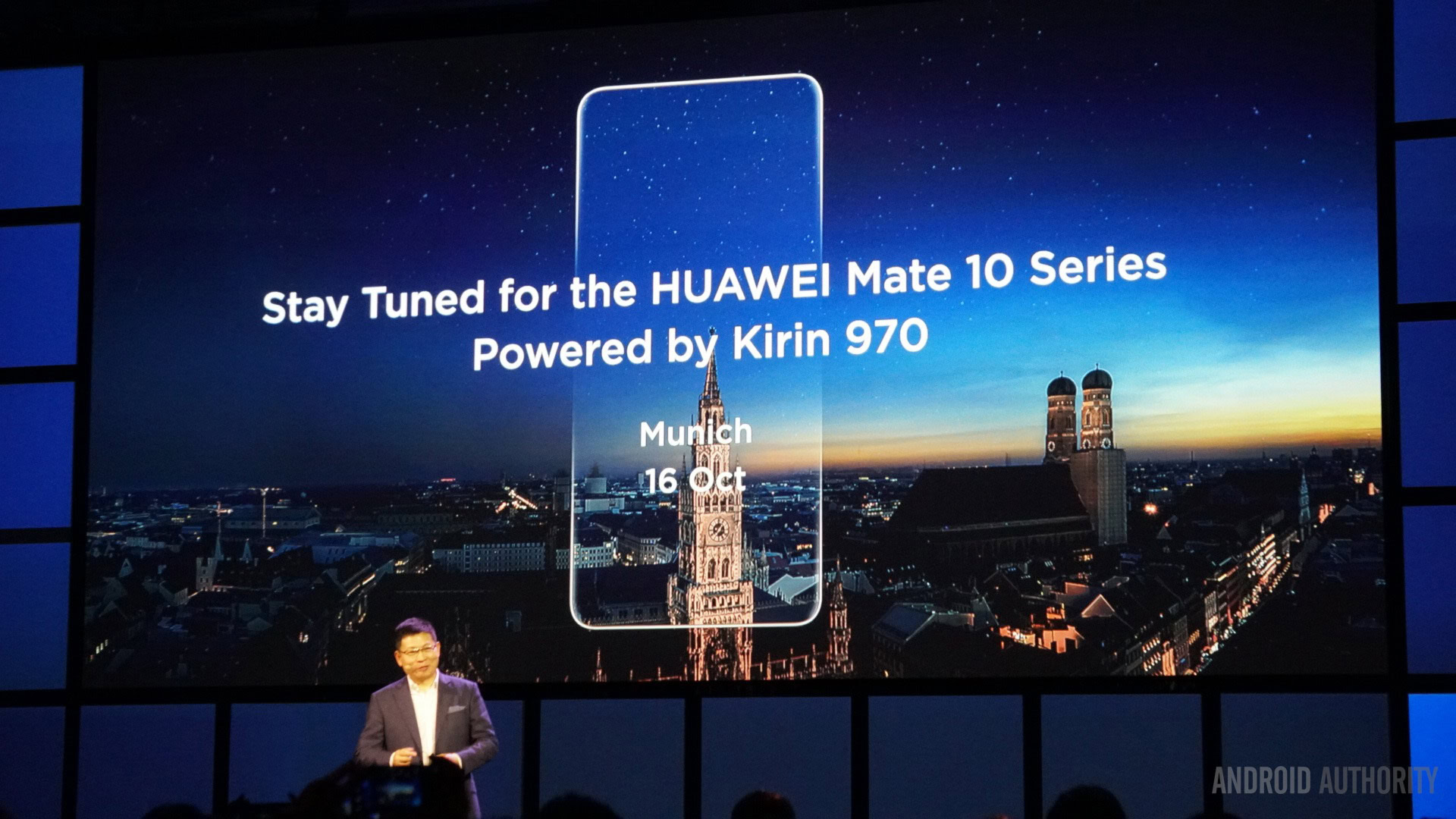
In its place is rumored to be Face ID, Apple’s facial recognition technology that can reportedly unlock the iPhone 8 in milliseconds. Face ID will theoretically be used to approve purchases and generally perform the same functions that Touch ID had, though it might make things like contactless payments pretty awkward.
Continuing our tour of the exterior, the iPhone 8 will likely feature glass on the front and back, with stainless steel running along the sides to bring the two areas together. As with the rumored iPhone 7s and 7s Plus, the glass on the back allows for Apple to include wireless charging, a feature that will reportedly not be implemented until a software update a few weeks after launch.
Housed in that glass is rumored to be dual 12 MP sensors in a vertical alignment, and though the cameras are expected to be similar to those on the iPhone 7s Plus, the iPhone 8’s should contain a few more AR-related tricks up their sleeves.
Moving on to what will be under the hood, the iPhone 8 is expected to feature Apple’s 10nm A11 Fusion chipset with 3 GB of RAM, with 64 GB and 256 GB storage options as the only two available. As for the battery, it is expected to be bigger thanks to a reported stacked mainboard internal design that should add additional space.
Protecting those innards is a rumored IP68 certification, a small but appreciable bump up from the previous generation’s IP67 rating. This means the iPhone 8 should survive in up to 1.5 meters of fresh water for half an hour.
Even the connector is rumored to be different, with the iPhone 8 possibly switching from Apple’s proprietary Lightning standard to USB Type-C.
We finally get to the price, which has been a contentious point so far. The iPhone 8 is rumored to start at $1,000, with the 256 GB model costing $100 more. Prices will, of course, vary by country, but there is no getting around the possibility that the iPhone 8 will be a pricy endeavor.
Some Android phones have slowly trickled toward that $1,000 price point with the Moto Z2 Force and Samsung Galaxy Note 8, just to give a few examples. This could indicate a trend for flagship smartphones to push toward $1,000, whereas midrange and low-end options are going the opposite direction.
Apple could be one of a few companies to get away with such a price, however. At the time of this writing, the iPhone 7 Plus with 256 GB goes for $969, and Apple has a good number of hardcore fans, so iPhone 8 sales are more likely to suffer because of availability than of its price. Speaking of availability, the iPhone 8 is rumored to go on sale sometime in October, putting it a month ahead of the iPhone 7s and 7s Plus.
[related_videos align=”center” type=”latest” videosnum=”4″]
So, there you have it. These are all the rumors we have collected on not only the iPhone 7s and 7s Plus, but its higher-tier iPhone 8 sibling as well. We will see whether the rumors turn out to be truth on September 12.
In the meantime, what are your thoughts on Apple’s trio of upcoming smartphones? Do you think Apple should have just forgotten the iPhone 7s and 7s Plus and focused solely on the iPhone 8? Do an AMOLED screen, near bezel-less front, facial recognition, and other features justify the iPhone 8’s price tag? Share your opinions with us in the comments.